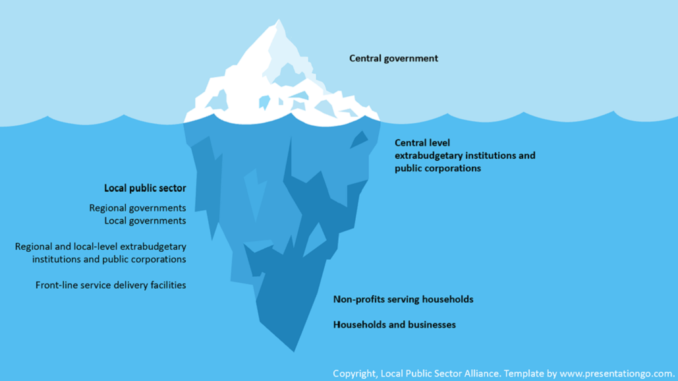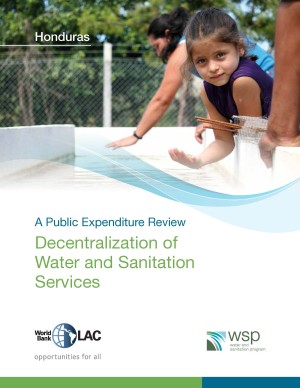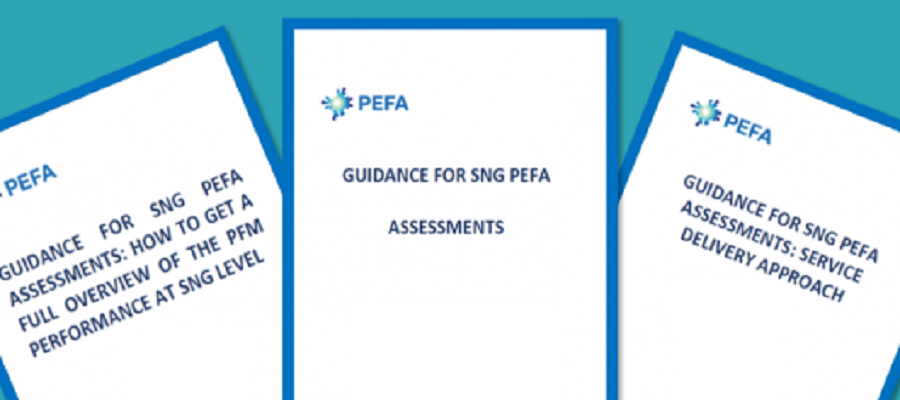
Global development does not take place within the walls of international development organizations. Nor does development take place within the walls of the central government ministries that are typically the main counterparts of international development actors. Instead, resilient, inclusive, sustainable development is actually achieved in a localized manner, in the regions, cities, towns and villages where people live and work; where they interact with the (local) public sector; and where most public services are delivered.
As such, a country’s territorial-administrative structure and its multi-level governance arrangements play an important role in achieving inclusive and sustainable development. As subnational governments control increasingly higher shares of total public resources, their competence in designing public policies and delivering public services becomes crucial in achieving development objectives. In order for policymakers and researchers to better understand the role of stakeholders at all levels of the public sector, they need detailed information about the organization of multi-level public sector, including governance arrangements, subnational fiscal data as well as data on demographic, social, and economic patterns.
Despite the immense importance of the topic, and in spite of decades of academic and policy research on fiscal federalism, decentralization and local governance, considerable knowledge gaps continue to exist with regard to the role of the local public sector in attaining effective public service delivery and achieving sustainable development outcomes.
Recognizing that many existing public sector assessment tools focus heavily or exclusively on the central government as the most visible part of the public sector, the Local Public Sector Alliance is currently in the process of preparing a guidance note which will provide conceptual and methodological guidance in preparing a comprehensive fiscal profile of a multi-level public sector.
The Intergovernmental Fiscal & Expenditure Review (InFER)
The Intergovernmental Fiscal & Expenditure Review (InFER) aims to provide a “big picture” understanding of the public sector’s institutional structure and fiscal patterns across all government levels, covering both general government institutions at all levels of territorial administration, as well as extra-budgetary institutions, public corporations and other relevant stakeholders at each level.
Main differences from other/earlier methodologies
The Intergovernmental Fiscal & Expenditure Review (InFER) aims to build on existing public finance data definitions and methodologies wherever possible, but is different from existing methodologies in a number of ways:
- The InFER methodology comprehensively considers revenues and expenditures at all government levels; not just central or subnational level;
- The InFER methodology allows countries to consider general government institutions and finances at all government levels as well as institutions and finances outside general government (i.e., includes extrabudgetary institutions, public corporations and other actors at different government levels, as relevant);
- In addition to devolution, the InFER methodology provides specific guidance to document funding flows associated with alternate approaches to decentralization and localization (including not only devolution, but also central government programs, deconcentration, and delegation);
- In addition to analysis of vertical expenditure and revenue patterns (on a sector-by-sector basis, where possible), the InFER methodology encourages investigation of “horizontal” expenditure and revenue patterns across the national territory.
- The InFER methodology further permits deep-dives into sectoral finances or areas of thematic interest (including in areas such as urban development or climate finance) to strengthen links between public sector institutions, public finances and public financial management, and service delivery outcomes and development results.
Informing country-level policy discussions
By providing a “big picture” understanding of how the public sector is structured and the distribution of resources across different government levels and across the national territory, InFERs are an important input into policy discussions among different stakeholders within the public sector reforms, as well as their counterparts within the global development community.
Ideally, InFER profiles are prepared at the country-level in a collaborative manner by teams of experts including relevant central government officials; local government representatives; civil society stakeholders, academic scholars and/or public policy researchers; and development partners, as relevant.
Collaborative approach and timeline for development of the methodology
Building on—and refining—existing methodological guidance, the Local Public Sector Alliance seeks to develop the InFER methodology in partnership with leading stakeholders within the global community of practice on decentralization and localization, including the World Bank, UNDP, UNCDF, OECD, UCLG, the PEFA Secretariat, the Forum of Federations, ODI, DeLoG and others.
An initial draft of the methodology is expected to be prepared and made public by the Local Public Sector Alliance in August 2022. Read the full Concept Note on the Intergovernmental Fiscal & Expenditure Review (InFER) methodology for further information.
Note: This post has been updated (June 8, 2022) to reflect the updated name of the methodology (Intergovernmental Fiscal & Expenditure Review – InFER).



